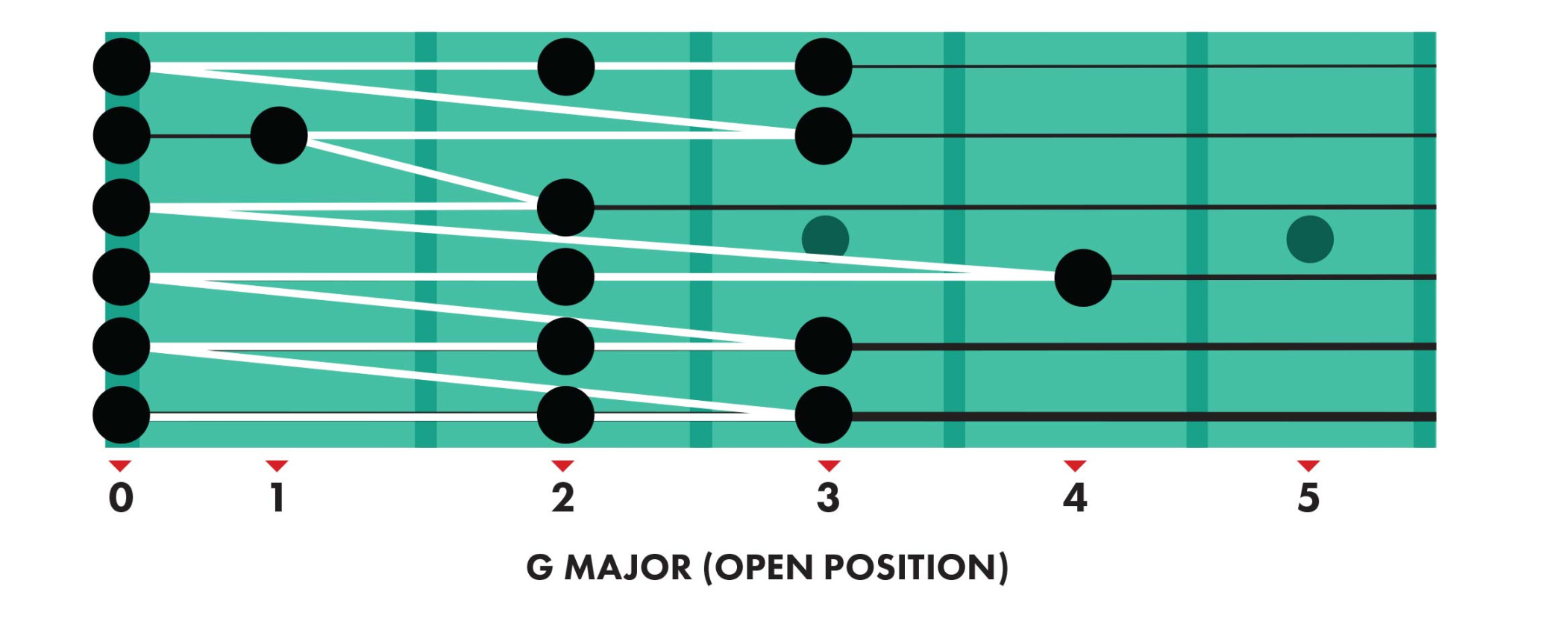—
Guitar Scales For Beginners: Your First Steps to Awesome Licks
So, you’ve got a guitar, maybe you know a few Chords, and now you’re itching to play some cool solos. That’s where scales come in, my friend. Don’t let the word “scale” scare you. It’s just a fancy way of saying “a bunch of notes that sound good together.” Think of them as the building blocks of melodies and solos. And trust me, getting a handle on a few basic scales will seriously level up your playing.
Why Scales Matter (Even If You’re a Beginner)

You might be thinking, “Do I really need to learn scales?” The answer is a resounding YES! Here’s why:
They unlock the fretboard: Scales show you where the notes are and how they relate to each other. This knowledge is gold when you want to improvise or write your own music.
The Mighty Major Scale
If you’re going to learn one scale, make it the major scale. It’s the most common and versatile scale in Western music. You’ve heard it in countless songs, from pop hits to classic rock anthems.
The major scale has a specific pattern of whole steps and half steps: whole, whole, half, whole, whole, whole, half. In simple terms, it’s the pattern of notes that make up the “do-re-mi-fa-so-la-ti-do” sound.
To play the C major scale, you’d play these notes: C, D, E, F, G, A, B, C.
Here’s how you can play it on the guitar:
Start on the C note on the third fret of the A string. Then, follow the pattern of whole and half steps up the fretboard. You’ll be moving up the neck, playing notes on different strings.
The Essential Minor Pentatonic Scale
Okay, now for something a little more rock ‘n’ roll. The minor pentatonic scale is a five-note scale that’s used in blues, rock, and metal. It’s super popular because it sounds awesome and it’s relatively easy to learn.
The minor pentatonic scale has this pattern: root, minor third, fourth, fifth, minor seventh.
For example, the A minor pentatonic scale is: A, C, D, E, G.
Here’s how to play it:
Start on the A note on the fifth fret of the low E string. Then, follow the pattern up the neck. This scale has a distinct, bluesy sound that’s perfect for creating soulful licks.
Getting Started: Practical Tips
Start slow: Don’t try to play everything at lightning speed right away. Focus on accuracy and clean notes.
Don’t Overthink It!
Learning scales doesn’t have to be a chore. It’s a journey of discovery. Start with the basics, be patient, and have fun. The more you practice, the more comfortable you’ll become, and the better you’ll sound.
Scales are the secret sauce that separates the average guitarist from the awesome one. They’re the key to unlocking your creativity and expressing yourself through music. So, grab your guitar, pick a scale, and start practicing. You’ll be amazed at how quickly you progress.
Conclusion
Learning guitar scales, especially as a beginner, is an invaluable investment in your musical journey. While it may seem daunting at first, breaking down the process into manageable steps and focusing on essential scales like the major and minor pentatonic will provide a solid foundation. Remember to prioritize consistent practice, utilize tools like metronomes, and engage with backing tracks to apply your knowledge. By embracing patience and perseverance, you’ll not only enhance your technical skills but also unlock a world of creative possibilities on the fretboard. So, take that first step, explore the world of scales, and watch your guitar playing soar to new heights.

